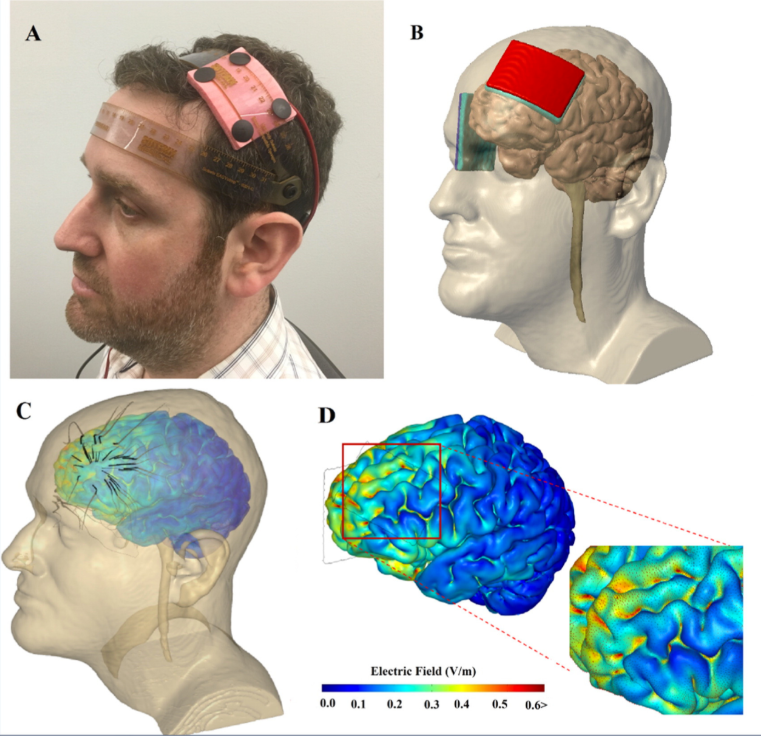Contemp Clin Trials. 2016 Nov;51:65-71. doi: 10.1016/j.cct.2016.10.002. Epub 2016 Oct 15.
Study design and methodology for a multicentre, randomised controlled trial of transcranial direct current stimulation as a treatment for unipolar and bipolar depression.
Alonzo A, Aaronson S, Bikson M, Husain M, Lisanby S, Martin D, McClintock SM, McDonald WM, O’Reardon J, Esmailpoor Z, Loo C.
Download PDF: 10-1016j-cct-2016-10-002
Abstract: Transcranial Direct Current Stimulation (tDCS) is a new, non-invasive neuromodulation approach for treating depression that has shown promising efficacy. The aim of this trial was to conduct the first international, multicentre randomised controlled trial of tDCS as a treatment for unipolar and bipolar depression. The study recruited 120 participants across 6 sites in the USA and Australia. Participants received active or sham tDCS (2.5mA, 20 sessions of 30min duration over 4weeks), followed by a 4-week open label active treatment phase and a 4-week taper phase. Mood and neuropsychological outcomes were assessed with the primary antidepressant outcome measure being the Montgomery-Asberg Depression Rating Scale (MADRS). A neuropsychological battery was administered to assess safety and examine cognitive effects. The study also investigated the possible influence of genetic polymorphisms on outcomes. The trial was triple-blinded. Participants, tDCS treaters and study raters were blinded to each participant’s tDCS group allocation in the sham-controlled phase. Specific aspects of tDCS administration, device operation and group allocation were designed to optimise the integrity of blinding. Outcome measures will be tested using a mixed effects repeated measures analysis with the primary factors being Time as a repeated measure, tDCS condition (sham or active) and Diagnosis (unipolar or bipolar). A restricted number of random and fixed factors will be included as required to account for extraneous differences. As a promising treatment, tDCS has excellent potential for translation into widespread clinical use, being cost effective, portable, easy to operate and well tolerated.
Using Soterix Medical 1×1 CT platform: link




















